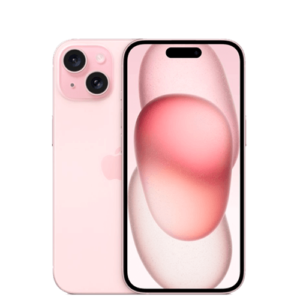Two seemingly unimportant rectangles will change how we use iPhones from the inside out.
iPhone 15 review: The allure of a rounded rectangle
On paper the iPhone 15 doesn’t look like much of an improvement year-on-year, but we don’t exist on paper. While the device may only have a handful of changes, these changes add up to create what is, in some ways, the most exciting iPhone in years.
Apple doesn’t have to reinvent the wheel every year but it does need to offer an enticing reason for customers to stay in the ecosystem. This year marks what i’d consider to be a freshness update that makes the latest iPhone feel greater than the sum of its spec sheet. Some numbers are bigger than previous years, most have stayed the same, but one thing the iPhone 15 makes abundantly clear is that the way Apple wants us to interact with our phones is changing.
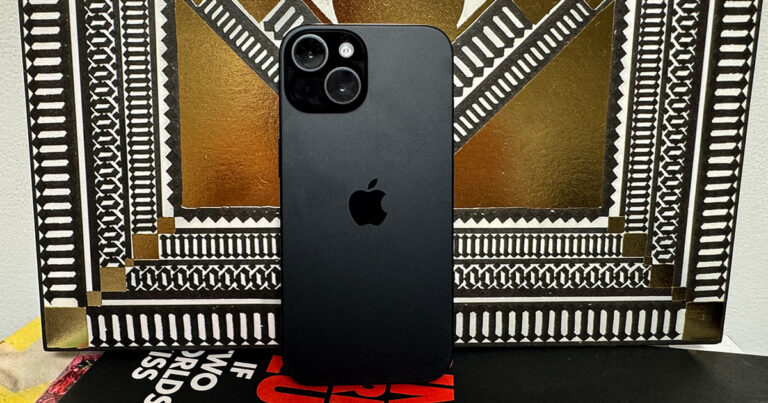
USB-C and Dynamic Island
A rounded off rectangle has changed both the physical and developmental design of the iPhone 15. The two largest changes come with the switch to USB-C and the persistent UI of the Dynamic Island. Two rectangles, no corners, endless possibilities.
Both these designs aim to fundamentally change how we interact with our phones. The Dynamic Island allows users to interact with apps directly from the home screen, while the USB-C port gives Apple users the ability to utilise the power of the iPhone physically across more devices. One almost encourages users not to engage outside of the main Apple architecture while the other does the opposite.
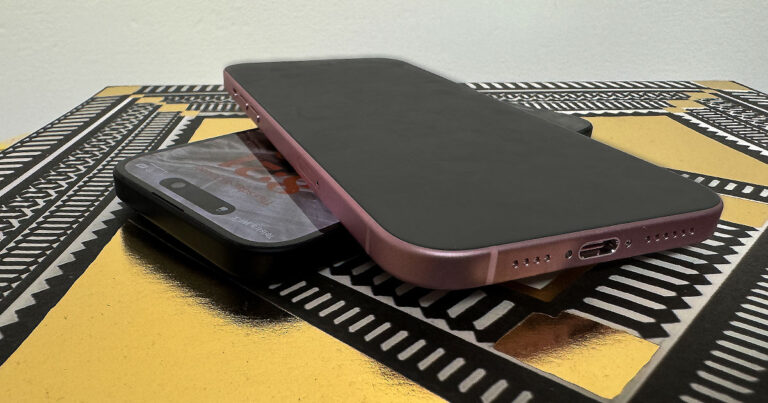
Now that the Dynamic Island has rolled out to all new iPhone models, it will inevitably change the way apps are developed. If users don’t need to open the application to monitor progress (like with Uber for example), developers will need to find new ways to encourage in-app interactions, and start to look at different performance metrics. For users this is a good thing! It may result in less in-app ads, and a more streamline experience utilising the Dynamic Island.
While the tech is still in its infancy, the initial design elements are already impacting how I use the iPhone 15. I find myself scrolling back and forth through pages of apps less, and interacting with the Island more each day. It has actively dropped the amount of time I spend using apps like Uber and Spotify in the foreground, which in turn has dropped my screen time quite substantially. The extent to which the Dynamic Island will disrupt how we use our phones is yet to be seen, but if someone puts TikTok in it, it potentially could change my life.
On the other end of the iPhone 15 sits another squoval - the USB-C port. Of course Apple didn’t make the decision to switch over from Lightning, but it did make the decision to keep the port as open as possible. For Apple users, this is new. We’re all familiar with the manufacturer’s typical ecosystem lock-in approach, so the open nature of the USB-C is a refreshing shift in compatibility.
Rather than keeping them contained, this rectangle lets users use the iPhone 15 in more ways than ever before. There are the basics like reverse charging, but more importantly the USB-C port allows more gadgets than ever a direct connection to the iPhone. I’ve connected microphones for high-quality audio recordings, transferred pictures directly from my camera to my phone, charged up headphones, even charged up my Magic Mouse. For creatives in particular the switch to USB-C makes the iPhone 15 the most versatile tool in your toolbox.
It is worth saying that the base model iPhone 15 only comes with USB 2 compatibility, so there are limitations. USB 2 can handle a maximum transfer speeds of 480Mbps, it is nothing to scoff at but it is definitely not the pinnacle of USB-C functionality. For comparison, the 15 Pro series can handle 20x faster direct transfers with the right cable, allowing for real-time shoot and capture through the device on to external storage.
Regardless, both rounded off rectangles bring new flare and function to the iPhone 15. They may be relatively small changes on paper, but they open up brand new ways to use the iPhone 15 that haven't been possible on previous models.
Battery: In our testing the iPhone 15 handles 6-7 hours of screen time per charge. This should last most users one to one-and-a-half days.
Performance: Using the A16 Bionic chipset, the iPhone 15 runs without any issues. It is the second fastest chipset available, just behind the new A17 Pro chipset available in the iPhone 15 Pro and Pro Max.
Camera and photography
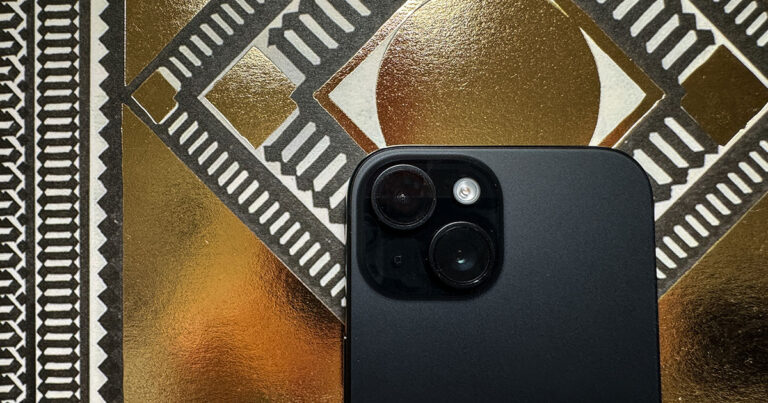
Combined, the new 48MP camera lens and the resulting photos make for the most impactful round and rectangular features on the iPhone 15. While bumping up the megapixels doesn’t necessarily bump up photo quality, Apple’s increases to both the lens and size of stored images has the iPhone 15 outshooting the 14 Pro.
The iPhone 15 got last year’s iPhone 14 Pro’s 48MP primary lens, and it is using it well. Pictures are noticeably clearer on this year’s model compared to the previous one, pulling out richer and more true-to-life tones, with a sharper resolution. This is of course due to the switch from storing photos in 12MP to storing them in 24MP. Each photo is double the size, allowing for more detail and distinction between colours pixel-to-pixel. Take the two pictures below. The yellow of the couch is more muted on the iPhone 15, and the wear and tear on it is also far more obvious, plus there is more detail on the pup’s face as well - even though it is black layered on black.

Shot on iPhone 15 - primary lens

Shot on iPhone 14 Pro - primary lens
Every shot from the primary lens is now stored in 24MP, unless you’re shooting in night mode in which case it drops back down to 12MP. Compared to last year, night mode shots are much the same, but the difference will be more significant between older models.
Of course you do miss out on the telephoto lens with the iPhone 15, but the extra MP allow for a sneaky, higher quality zoom. The 24MP shot can be zoomed in to a 50% crop and drop down to 12MP resolution - the same as previous iPhones and all night mode shots. It won’t compete with 5x telephoto zoom on the 15 Pro Max, but if you don’t use your zoom function very often then you probably won’t miss this lens.
All up the iPhone 15 is taking better photos than the iPhone 14 Pro, which is a high bar. When there is more distinction than ever between the base and the Pro models, it is surprising that the advanced photography trickled down to the 15 so quickly. Even devoted phone photographers may have a case to save some money and opt for the base iPhone rather than forking out the big bucks for the Pro or the Pro Max, especially if you’re moving on from an iPhone 12 or older.

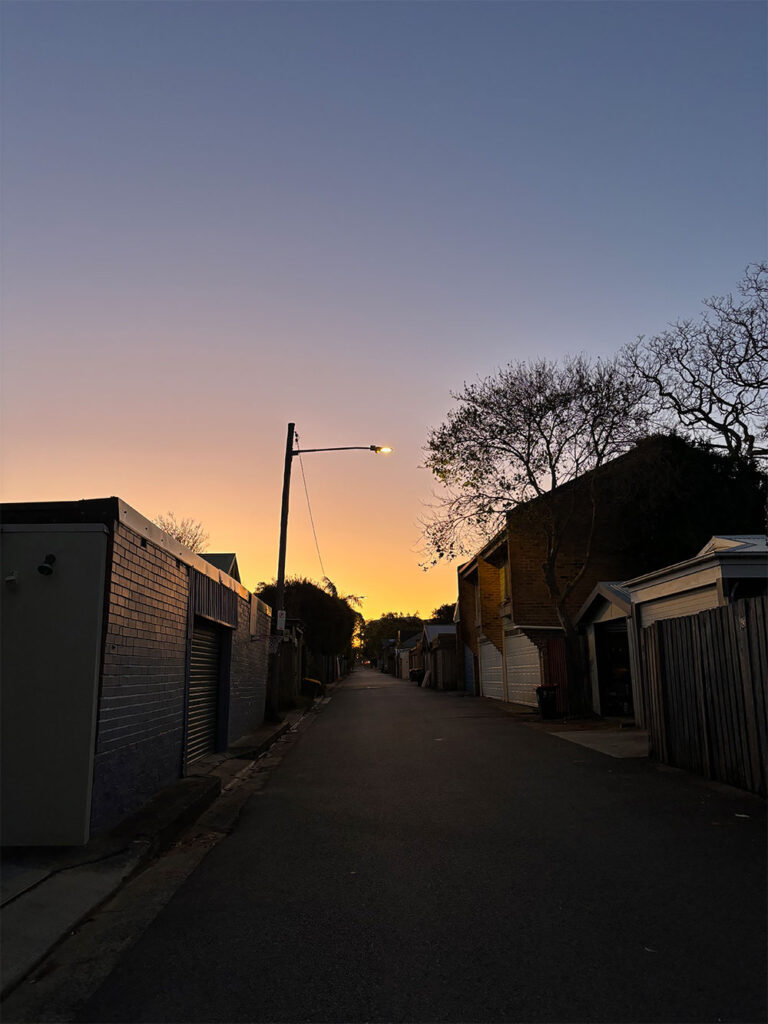


















Is the Apple iPhone 15 Pro worth buying?
While the iPhone 15 might not seem like a big improvement on paper, it is the first iPhone in a long time to actually feel new, and that is exciting. Of course it has a solid battery, it performs well, and the new camera lens takes the best photos yet on an entry-level iPhone. Moving forward the base model iPhones - the iPhone 15 included - will be more suitable for more people, even those focused on content creation. But more importantly, these changes represents a turning point.
Two seemingly unimportant rectangles will change how we use iPhones from the inside out. Internally the Dynamic Island will reshape how apps are designed, and how we interact with them on a daily basis. Externally, Apple opening up its ecosystem via USB-C makes the iPhone 15 the most versatile creative tool anyone can fit in their pocket. Times are changing, and two unserious squovals are the catalysts for it.
How much does the Apple iPhone 15 cost in Australia?
Every new iPhone 15 is more expensive than previous models. Here is how the range compares to the iPhone 14 at release.
If you're looking for an iPhone 15 on a plan, you've got options. Each of Australia's big 3 telcos offer it on a plan, with montly costs starting from $86/mth.
Related Articles




